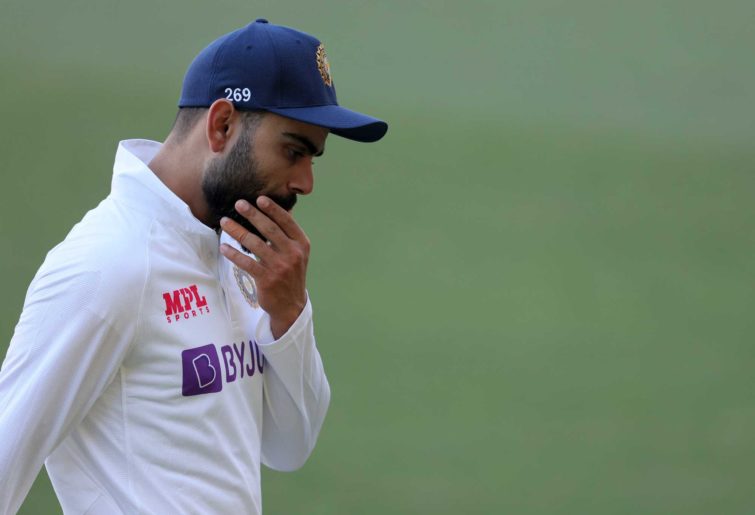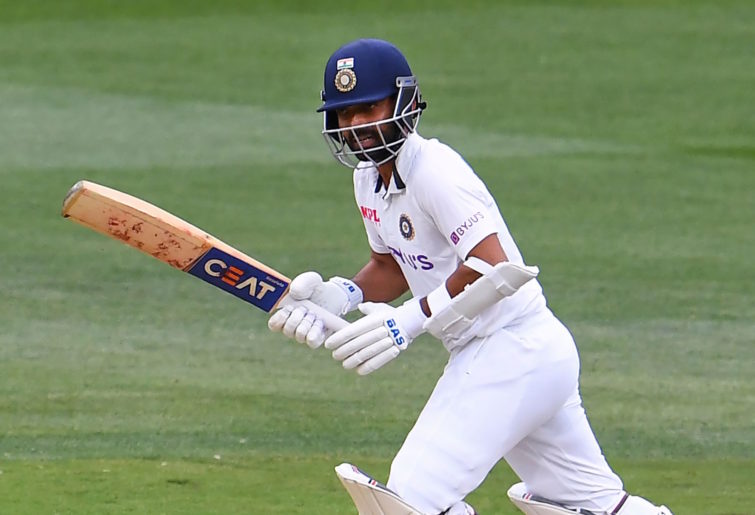Team of the Month: a May-born World Cricket XI
This series’ twelfth and final team has a distinct West Indian flavour at the top of the order, and a domineering captain.
Opinion
At time of writing, it should have been day five of the third Test between India and England at Leeds; but here we are as Indian fans left dejected and disappointed but still hopeful as always.
The fate of this Test was sealed on day one, in the first session, wasn’t it? That day three performance gave us some hope, only to crumble on day four, again in the first session, like a castle built on air.
Dejection and disappointment comes from expectations, some of which are probably high, but this is where ‘Kohlism’ comes in, isn’t it? There’s no doubt that under Kohli, the Indian Test side has transformed itself into a fighter if not a winner in SENA countries, rather than just being the pushover that they used to be.
There is nothing subtle in the approach that has raw emotions packed with aggression and strong self-belief. This comes from the top and percolates down. If the win in the second Test from a position of losing raised expectations, the loss in the third Test – especially the way India lost – only brought everyone down hard to earth.
Ouch.
It hurts but this side does not fear losing. We saw this earlier this year in Australia as well after the Adelaide debacle and the subsequent bounce back.

(Photo by Daniel Kalisz/Getty Images)
At the moment, the standard deviation (or beta) is on the higher side, hence the inconsistency. So what do we do to be more consistent? This is where pragmatism comes in and one needs to have the ability to accept realities however harsh they may be.
Under Kohli, while the bowling unit has become potent with great depth and character, the same cannot be said about the batting. This team struggles to score over 225 runs on an average in each innings in SENA countries, which is not good enough to win consistently. No doubt conditions are tough, but we should not turn a blind eye and comfort ourselves.
It used to be opening woes but now it’s middle order muddle with wicket keeper and the fast bowlers a lottery. The WTC final was not lost because India played two spinners and three seamers, but because we were underprepared, our batting as usual faltered and more importantly, out of the three seamers, one was not Mohammed Siraj.
So, batting is the Achilles heel that needs to be addressed while maintaining the overall balance.
Rohit Sharma failed many times and was not successful in away Tests, he lost out but given his talent, he pulled it up and is delivering as an opener now. Rahul, though not preferred to open by the management, seems to be coping up better than the others, at least for now.
Virat Kohli is too good a player to underperform for long but he needs to apply himself and be prepared to grind it out. Every batsman would have weaknesses but how you use your strength and not allow the opposition to exploit your weakness is where the challenge lies.
As far as Cheteshwar Pujara and Ajinkya Rahane are concerned, both seem to be having more technical challenges, with the latter vulnerable to both spin and pace.

Ajinkya Rahane (Photo by William West/AFP via Getty Images)
Rishabh Pant needs better defensive technique and needs to understand the difference between playing freely and playing carelessly. He has improved his keeping but his batting is a worry. Ravindra Jadeja is good, though I would still go with Ravichandran Ashwin and three seamers, with Siraj always in.
A reason why Rahul Dravid was so successful in England was because he was good both off the front foot and back foot. Also, he knew very well where his off stump was, so as to know which ones to play and which ones to leave.
Both Pujara and Rahane are taking half measures and failing in similar fashion. Pant is poking outside off or looking to play through cover when the ball is angled across him, should he not look to play with his bat close to his pad inside the line of the ball (defence) or play square with a horizontal bat (attack).
Jumping down the track or playing fancy shots don’t help all the time. There should be a method to the madness. At the moment there isn’t one. Is anyone telling this to him?
Even players with more than 50 Tests need help, and that’s where the batting coach and head coach need to play their roles better. I am assuming people with demi-god status are receptive and professional in their approach.
What is the batting bench strength? With Shubman Gill injured, I doubt Prithvi Shaw and Mayank Agarwal can deliver in these conditions as openers.
Hanuma Vihari is a hard worker with limited talent – not sure how he will score even 25 runs consistently. That leaves us with Suryakumar Yadav, who can be handed debut in the middle order but how is he shaping up in these conditions in the nets, only the team management would know.
Do they have it in them to drop Rahane or maybe give him a break to work on his game and try SKY? Mind you, I like Rahane, but it pains to see him struggle this way.
It’s time we enhance the bench strength for batting in Tests. The coaches need to do their jobs better. Long rope must be given as it’s an investment you make – it builds confidence and limits insecurity that affects one’s performance. At the same time, there is a need to see the fine line that can lead to long-term underperformance and shuts out players with better potential.
With due respect to the current England side, one must admit that this is not their strongest side, so India are not going to get a better chance to win a series in England.
Can they do it?